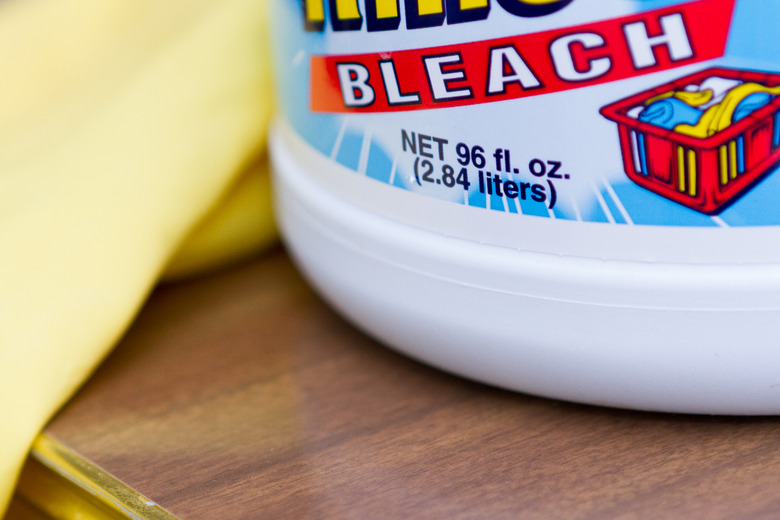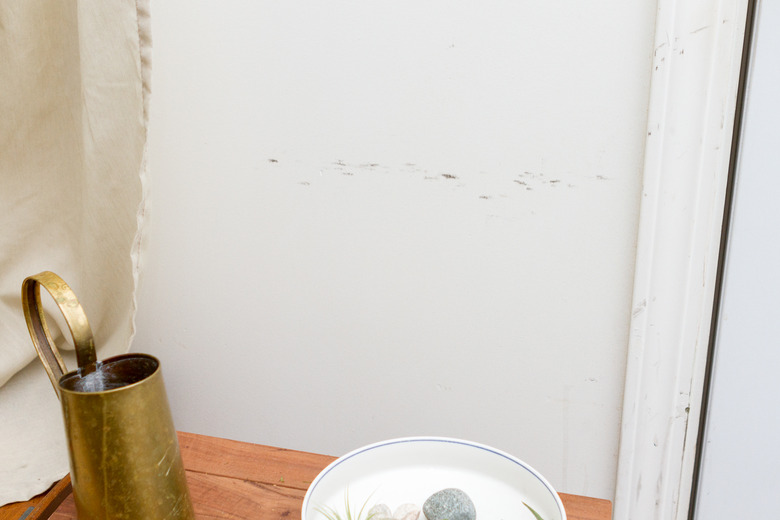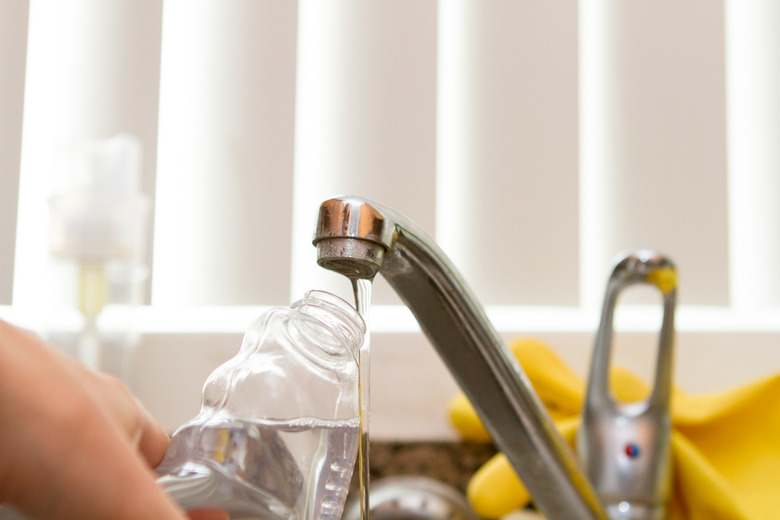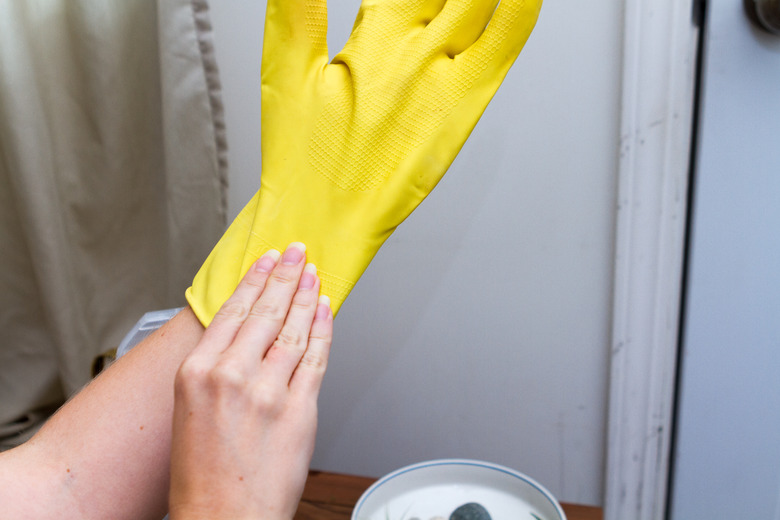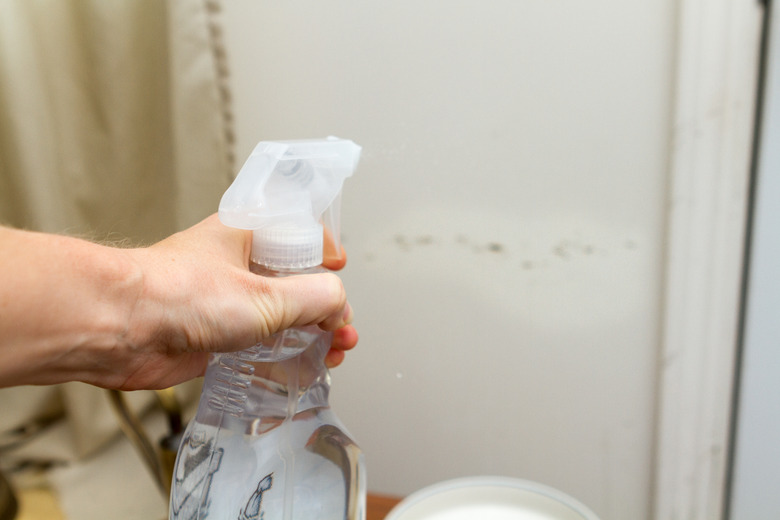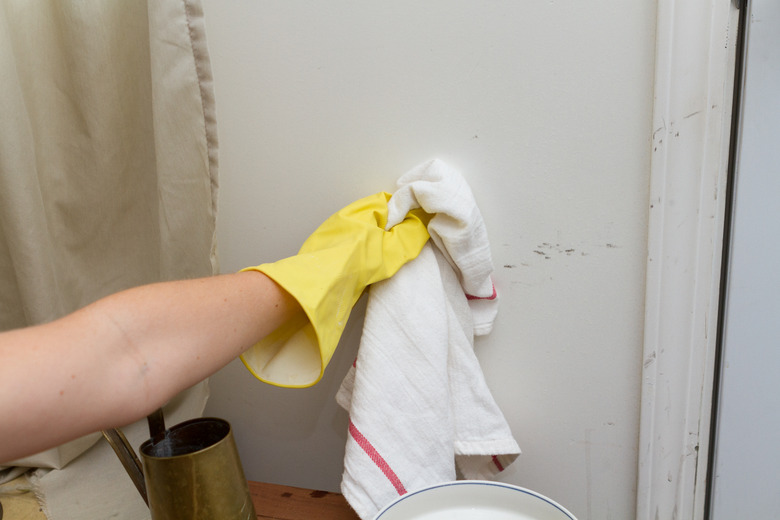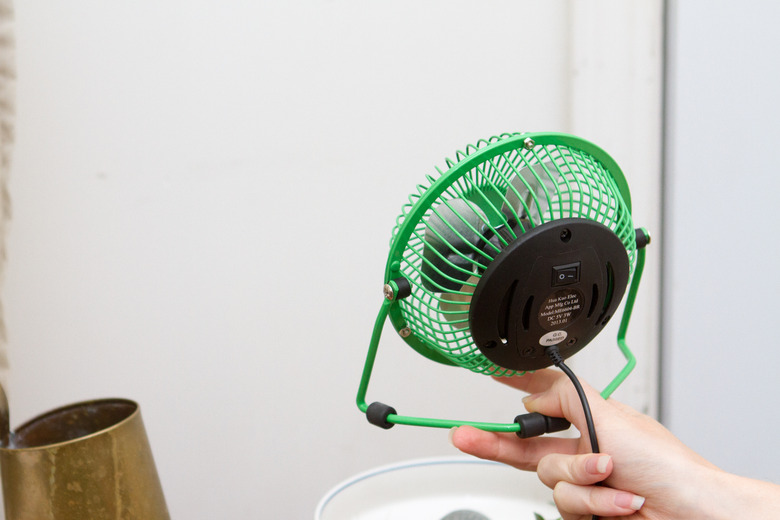Can I Use Household Bleach On The Walls Of My House?
Household bleach, the common name for chlorine bleach or sodium hypochlorite, functions as a powerful cleaning agent, commonly used for removing difficult stains, killing mold and maintaining white fabrics. Household bleach also has certain benefits for interior wall cleaning, if used safely and appropriately.
Reasons for Bleaching Walls
Reasons for Bleaching Walls
The use of household bleach is highly unnecessary for the routine cleaning of walls inside of a home. For routine cleaning, a less harsh solution like dish washing detergents and pH neutral cleaners, along with non-abrasive sponges or cloths, is more appropriate. Bleach can prove beneficial, however, if your walls are covered with active mold or mildew. The chemicals in household bleach not only have ability to clean moldy surfaces but also to completely disinfect the surface, which can prevent recurrence.
Protect Your Walls
Protect Your Walls
Never apply full-strength bleach to your walls, as this may permanently damage the paint or wall covering, and the cleaning process may also jeopardize your own skin. The amount of dilution will depend on the amount of dirt and contamination, but as a rule, never apply more than 1 part bleach to 3 parts water. For light instances of mold and mildew, you may only need to mix 1 part bleach to 10 parts water. Test the bleach solution on an inconspicuous area of the wall first, allowing the liquid to sit for 20 minutes or so to ensure it doesn't stain the surface.
Protecting Yourself
Protecting Yourself
Sodium hypochlorite is a highly abrasive chemical compound, and as such, you should always exercise extreme caution when using it for any cleaning task. Wear rubber or latex gloves to protect your skin. If applying the bleach to your walls with a spray bottle, wear protective goggles in case any spray comes into contact with your eyes. Wear old clothing, as the bleach may cause discoloration. Open the windows and turn on a fan when working with bleach to help avoid breathing in the fumes.
Applying Bleach
Applying Bleach
When applying bleach to an interior wall, you have two basic options: Pour the diluted solution into a spray bottle and spray the wall directly, or apply it to a cloth and gently blot the surface, covering any dirt or mold. Never pour the solution directly onto your wall, and never blot with a saturated cloth — use a cloth that is only damp, to avoid dripping bleach water over the wall. Furthermore, do not rub or wipe the wall with your cloth, as you may damage the paint, wallpaper or wall board surface.
Rinsing Well
Rinsing Well
The bleach requires approximately 15 minutes to properly disinfect moldy surfaces, so wait fifteen minutes before rinsing. To rinse your wall, use a second damp cloth or spray bottle containing only water. Even though the rinse contains no bleach, do not pour liquid directly onto your wall, as excess saturation can cause permanent damage. If you choose the spray bottle approach, follow up immediately by blotting the wall gently with a dry cloth or towel.
Drying Properly
Drying Properly
To dry your wall properly, place a dehumidifier nearby and turn it on using a "High" setting, or point a few high-powered fans at the wall to draw out moisture. Opening a window can improve the effectiveness of this approach. Walls are highly porous, so towels alone will not dry them properly. You can also dry your walls by turning on a heater, or improve air circulation by turning on your air conditioner.
